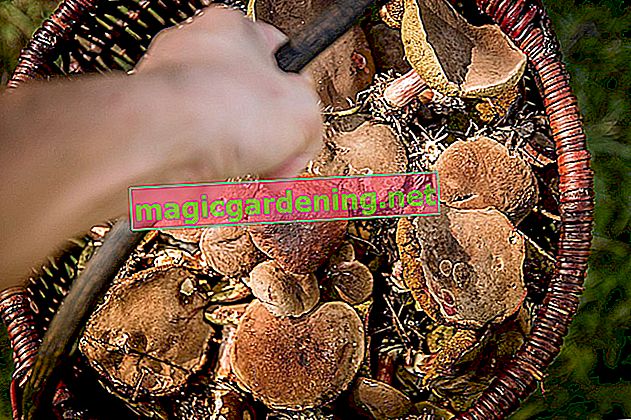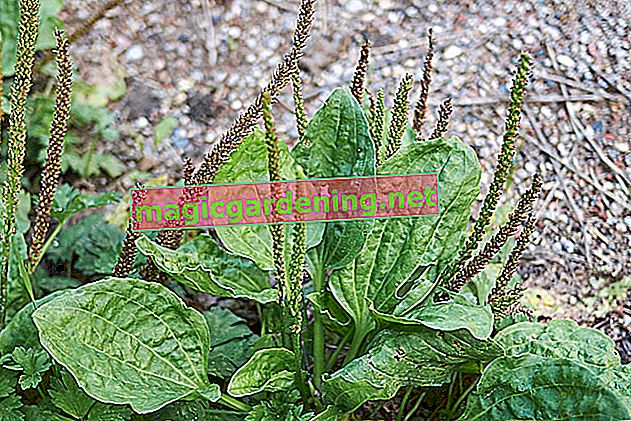
The different commercial grades of honeydew melon
As a rule, two different classes of imported honeydew melons are available in stores in this country. Category 1 fruits must not have any dents or discoloration on the skin and should have a perfectly oval shape. With their size, they usually weigh between 1.3 and 3 kilograms. These golden yellow honeydew melons are not only ideal for fresh consumption, but also for the artistic decoration of a table with exotic fruits. The cheaper fruits of the second category may have certain bruises on the skin or dents, but they should also have been harvested ripe and have no cracks in the skin. Since honeydew melons do not ripen well when harvested green, these fruits should only be bought when ripe.
also read
- The season of the honeydew melon
- Can you freeze a honeydew melon?
- When is a melon really ripe?
Color, hardness and smell of a ripe honeydew melon
A ripe honeydew melon can be identified by various factors. Ripe fruits give off a pleasantly sweet scent that shouldn't smell too penetratingly like perfume. In addition, the color of the bowl should be a deep golden yellow all around. If the melon was harvested a bit green, the pulp is usually very hard. A ripe honeydew melon, on the other hand, should give way a little when you gently press the skin with your fingers. However, if the pulp yields too much in this pressure test, then it is an overripe specimen that then usually also has a penetrating, perfumed taste of the pulp.
Store the honeydew melon properly
A ripe honeydew melon can be stored for about one to two weeks at room temperature, depending on the actual degree of ripeness. However, this guide value only applies if the shell is intact. Honeydew melons that have already been cut can be used as quickly as possible and, like watermelons, can be stored in the refrigerator for a maximum of a few days. However, melons should always be covered with cling film on the cut side, even in the refrigerator. This at least partially prevents foreign odors from other foods from penetrating the flesh of the melons.
Grow honeydew melons yourself
Actually, most of the honeydew melons on the market here come from the following growing regions:
- Italy
- Spain
- Greece
Out of season, honeydew melons are also available in flight from Costa Rica and Brazil. In your own garden, you need to move the honeydew melon plants early in the spring if you want to harvest ripe fruits by autumn. Ideally, you should place the young plants of the honeydew melon in a greenhouse in May, where, with good care, the fruits will change the color of their fruits from green to honey yellow by autumn.
Tips & Tricks
When growing in the garden, you can also recognize the state of ripeness of the fruit by the fact that the plant parts of the honeydew melon die off and begin to dry out despite the water supply.








